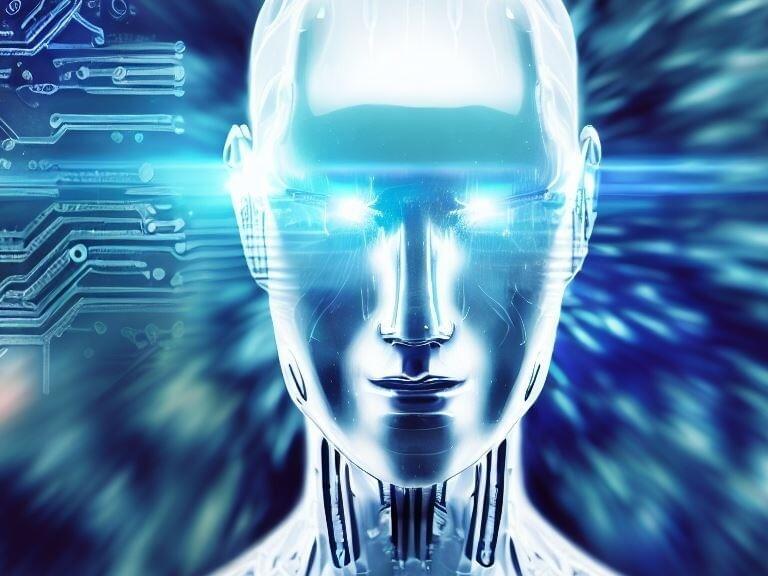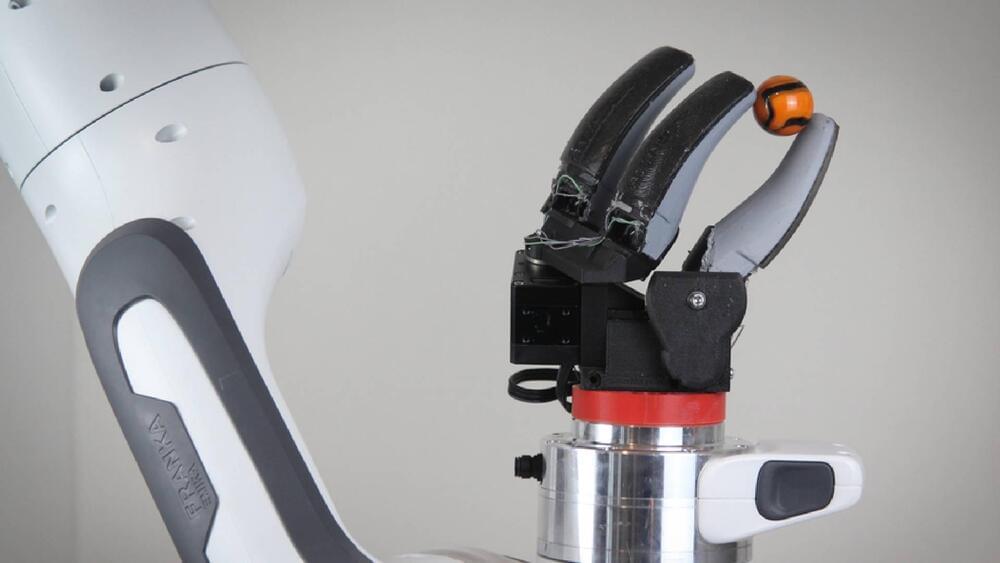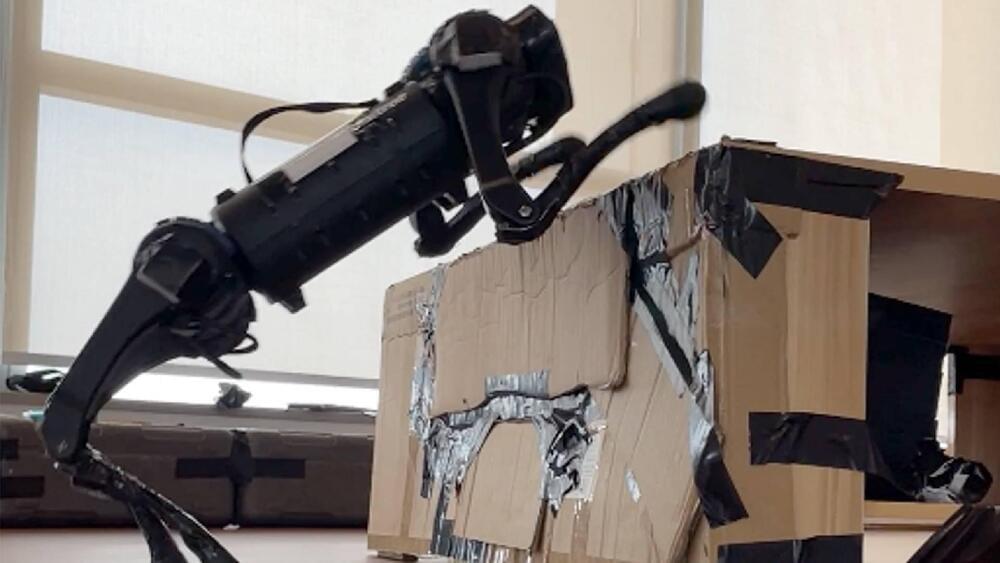AI was used to assist in writing this article.
As we stand on the cusp of the third decade of the 21st century, it’s impossible not to wonder what the world will be like in 20 years. Technology is advancing at an unprecedented pace, reshaping the way we live, work, and interact with the world around us. While we can’t predict the future with absolute certainty, we can make some educated guesses based on current trends and emerging technologies. Here’s a glimpse into what life may look like in the year 2043.
Artificial Intelligence Everywhere Artificial intelligence (AI) will continue to permeate every aspect of our lives. AI-driven personal assistants will become even more sophisticated, anticipating our needs and managing various aspects of our daily routines. From smart homes that adjust to our preferences in real-time to AI-powered healthcare diagnostics, AI will be omnipresent.







